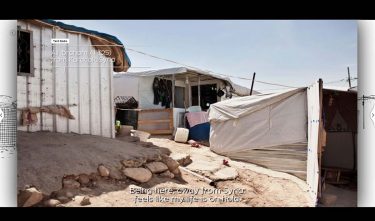Submarine Channel
Refugee Republic
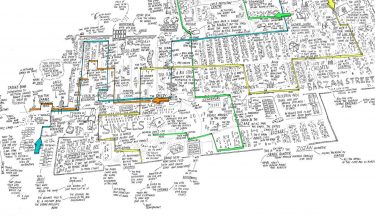
The project
Interactive online documentary about day-to-day life in a Syrian refugee camp Domiz in North Iraq, where around 58,000 refugees have found accommodation. They gradually transform the camp from a temporary shelter to an improvised city where people live and work, attend school, start companies, marry, argue and have fun. In the multimedia mix (drawings, photos, film, sound and text) from Refugee Republic you roam through the camp, meet the refugees and see the world behind the aid organisation’s posters
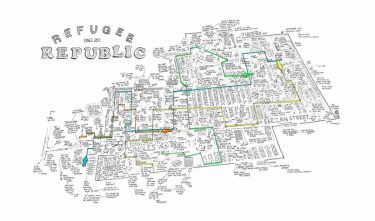
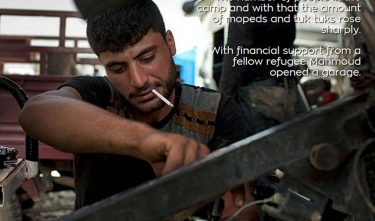
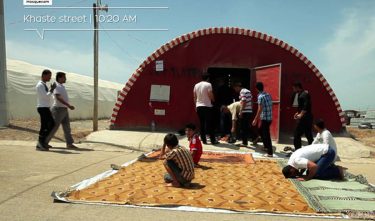
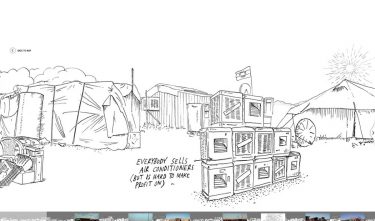
Committee
A visibly good cooperation between the artist Jan Rothuizen, journalist Martijn van Tol and photographer Dirk-Jan Visser. Through the deployment of media partners, the message is communicated far and wide. In all aspects, it is a well thought-out project: research, communication, visualisations, technology and interaction with users. Images, text and sound flow together, with text deepening the experience. A relevant project with a clear social usefulness.
Jury
The jury was unanimous in describing the project as relevant, with a clear social purpose. And although current events may fuel the documentary’s message, the project was selected for other reasons. Submarine Channel’s Refugee Republic was presented with the Communication award for the quality of its content and execution: the coherence and thought that went into the project is evident on every level. The different media are used in a balanced way, and to great effect, providing information, enriching the story, and highlighting the message. While working on the project, the Submarine Channel team lived in the camp, which adds an intensity and dimensionality that embedded journalism does not provide. By selecting Submarine Channel as the winner of the Future Award, the expert jury more over rewards a project that is clearly rooted in empathy. Despite its ‘heavy’ subject matter, Refugee Republic is a heart-warming plea for compassion. In a time when nuances can easily be overlooked, it is refreshing to see refugees portrayed not as victims but as human beings, which encourages us to relate to their experiences.
